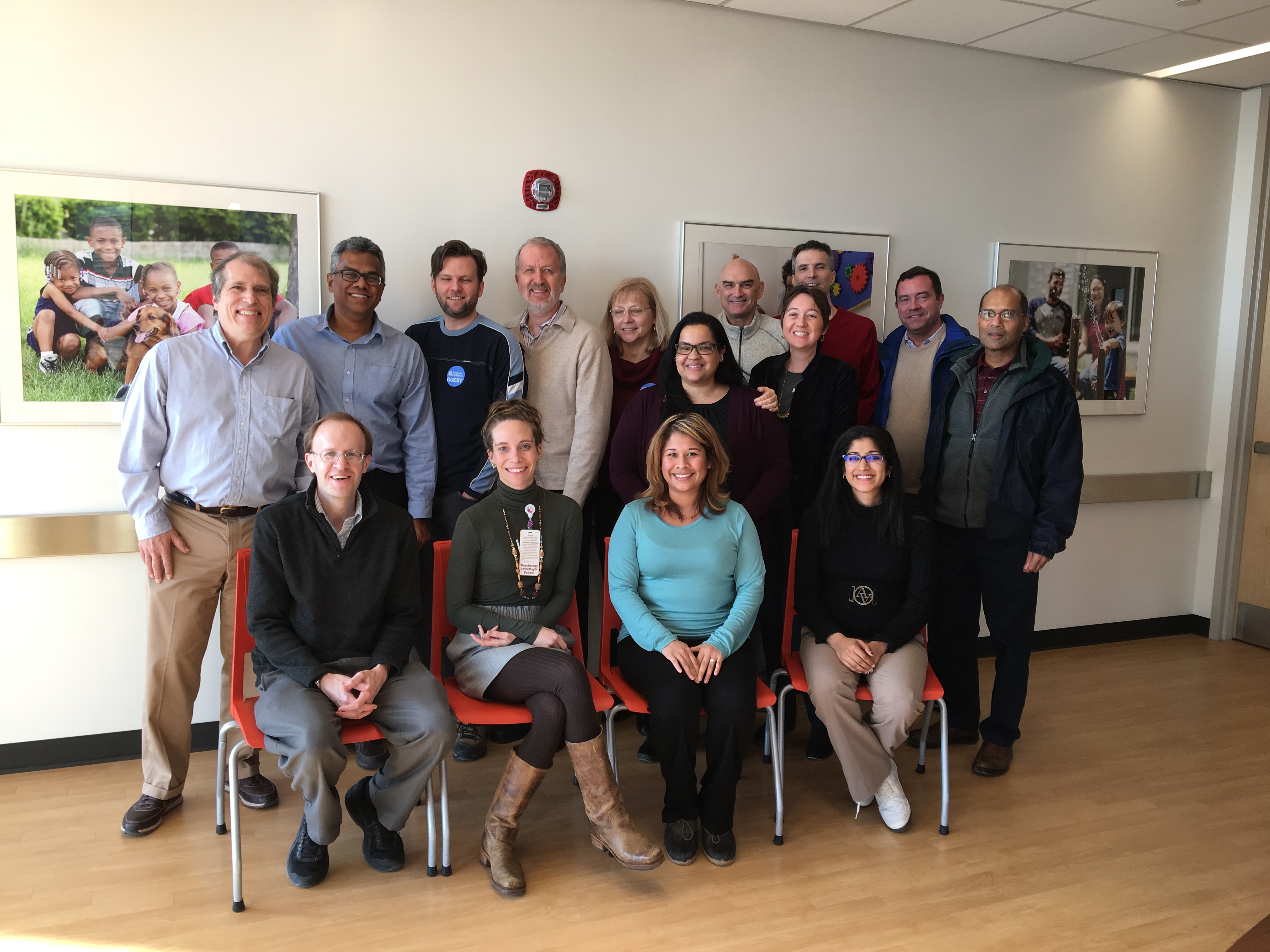Impact of the Fragile X Community

At FRAXA Research Foundation, we are truly grateful for our Fragile X community and thousands of donors. We couldn’t keep moving the ball forward in research without your support. I wanted to share an example of the impact your donation has had in Fragile X research.
In October of 2000, Congress enacted the Children’s Health Act – Congress and President Bill Clinton established three Centers for Collaborative Research in Fragile X after extraordinary advocacy efforts by families led by FRAXA Research Foundation.
Every five years, funding for these centers has been renewed, and in 2014, the National Institutes of Health (NIH) provided new funding of $35 million over five years to support three Centers for Collaborative Research in Fragile X. Investigators at these centers are seeking to better understand Fragile X-associated disorders and working toward developing effective treatments. This funding was effectively secured because of the work of principal investigators supported by FRAXA. All three Center leaders, Kimberly M. Huber, PhD, University of Texas Southwestern Medical Center, Joel D. Richter, PhD, University of Massachusetts Medical School, and Stephen T. Warren, PhD, Emory University, were supported by FRAXA with research grants. Almost all of their collaborators (too many to list here) were also funded by FRAXA. The results of their FRAXA-supported research led to the $35 million grant from the NIH.
Each one of these Centers is composed of scientists from several universities. Our Chief Science Officer, Dr. Mike Tranfaglia, serves on the advisory board for Dr. Huber’s Center. This Fragile X Syndrome Research Center is a team of investigators from UT Southwestern and the University of California at Riverside and Cincinnati Children’s Hospital. This is one of three Centers funded by the Children’s Health Act. Last month the team met at Dr. Craig Erickson’s lab at the University of Cincinnati to plan the year ahead. Wow, talk about impact!
Each year FRAXA invests over $1 million in Fragile X research thanks to your support. Because we supported these researchers, we were able to secure another $35 million in research aimed at finding promising treatments for those affected by Fragile X. We truly are all in this together.
Thank you, the Fragile X community, for your ongoing generous support of our mission: to find effective treatments and a cure for Fragile X.
